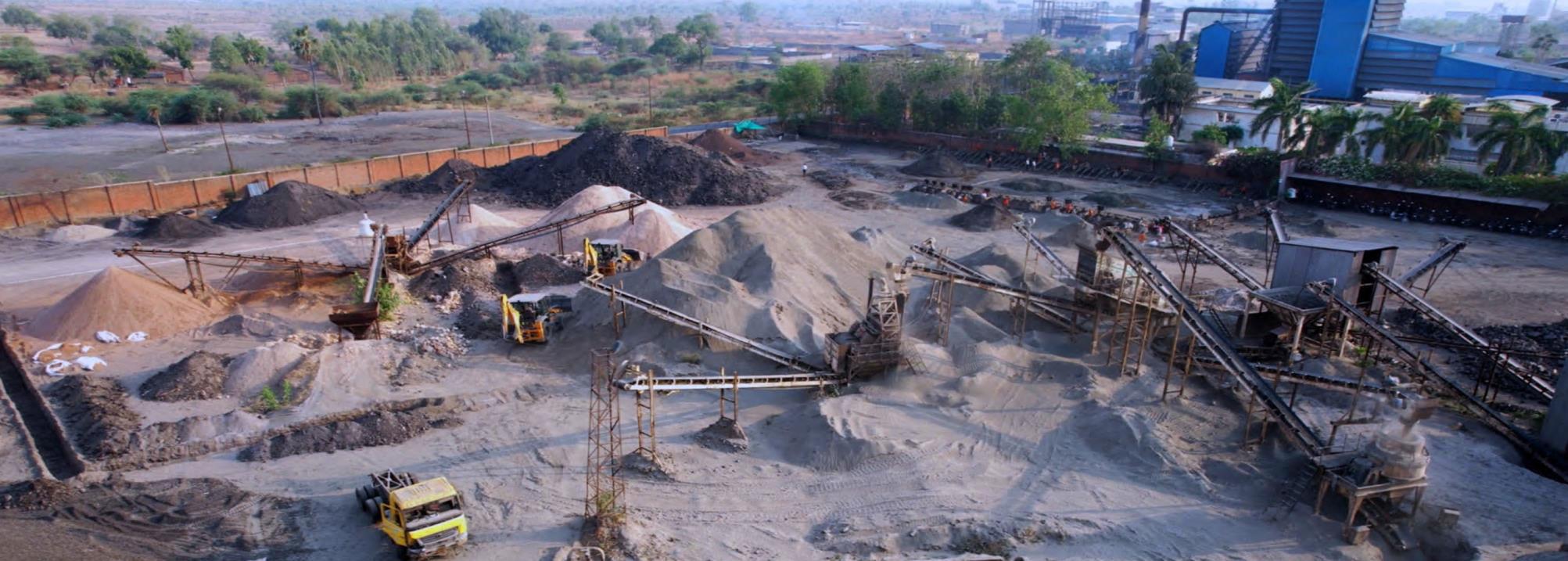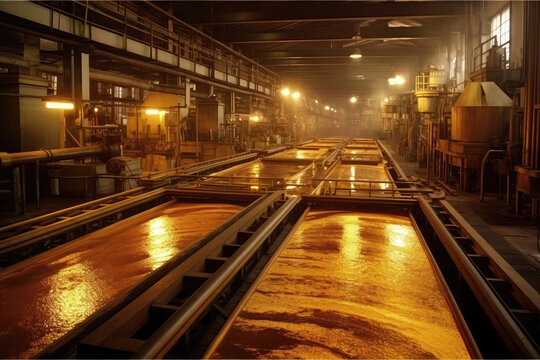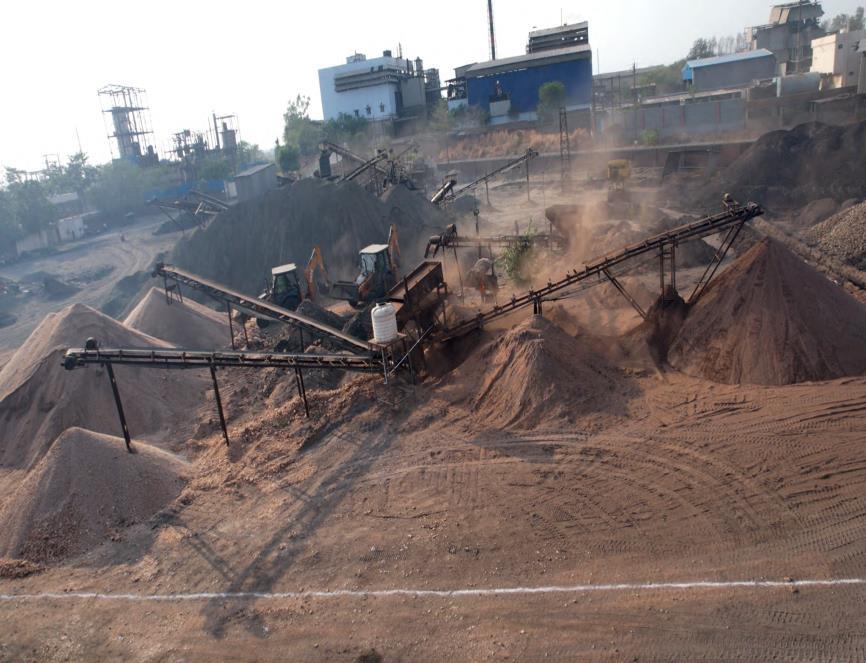In a world characterized by rapid globalization and interconnected economies, certain industries have emerged as key drivers of growth and influence across international borders. The ferro alloys industry stands as a shining example of how a niche sector can wield a significant impact on various aspects of modern life. From powering industries to shaping infrastructures, the global ferro alloys industry plays an indispensable role that transcends geographical boundaries. In this blog post, we delve into the far-reaching influence of the ferro alloys industry, exploring its applications, market trends, and its vital role in shaping economies worldwide.
1. Unveiling the Ferro Alloys Industry
The ferro alloys industry might not be as widely recognized as some of its more prominent counterparts, but its significance is immeasurable. Ferro alloys are crucial components in the production of steel and other alloys, adding unique properties that enhance strength, resistance, and durability. These alloys are created by combining iron with one or more elements such as manganese, chromium, silicon, and more, resulting in products tailored to meet specific industrial requirements.
2. Applications Across Industries
- Steel Production: The ferro alloys industry’s most notable impact is felt in the steel sector. Steel, a cornerstone of modern infrastructure, is fortified with various ferro alloys to achieve specific characteristics, whether it’s increasing corrosion resistance or enhancing tensile strength. This synergy has made ferro alloys indispensable in constructing everything from skyscrapers to bridges.
- Automotive and Aerospace: In the automotive and aerospace industries, ferro alloys are instrumental in manufacturing components that must withstand extreme conditions. Alloyed steel in engine parts, structural components, and even aircraft landing gear showcases the industry’s importance in ensuring safety and reliability.
- Energy Generation: Ferro alloys contribute to energy production as well. Alloyed steels are used in power plant infrastructure, enabling efficient energy generation. Additionally, ferro silicon is a critical component in the production of silicon-based solar cells, further cementing the industry’s role in sustainable energy.
- Electronics and Technology: The electronics sector also benefits from ferro alloys. These alloys are used in producing transformer cores, magnetic circuits, and electric motor components, facilitating the efficient transfer of energy in various devices.
3. Global Market Trends and Dynamics
The ferro alloys industry operates in a dynamic global market shaped by several factors:
- Demand from Developing Economies: As emerging economies invest in infrastructure and industrialization, the demand for steel and related alloys rises, propelling the demand for ferro alloys.
- Sustainable Practices: Environmental concerns have led to innovations in ferro alloys production, driving research into more sustainable methods and materials.
- Technological Advancements: Technological progress has enabled the industry to fine-tune alloy compositions, leading to the development of high-performance alloys tailored to specific applications.
- Global Supply Chain: The industry’s influence extends through its global supply chain, which involves mining, processing, and distribution, providing employment and fostering economic growth in various regions.
4. Ferro Alloys Industry’s Role in Shaping Economies
The worldwide influence of the ferro alloys industry goes beyond its direct contributions to various sectors. It actively shapes economies by:
- Creating Jobs: From mining operations to alloy production and distribution, the industry generates jobs at various skill levels, contributing to employment opportunities and economic stability.
- Trade and Commerce: The industry’s global supply chain fosters international trade and commerce, stimulating economic interactions between nations.
- Investment Opportunities: As demand for ferro alloys rises, investment opportunities arise across the value chain, attracting capital and stimulating economic growth.
5. Conclusion
The ferro alloys industry’s influence extends far beyond the boundaries of its niche. By providing the foundational materials for critical sectors such as steel production, automotive manufacturing, energy generation, and more, it plays an indispensable role in shaping the modern world. As economies continue to evolve and industries grow more interconnected, the ferro alloys industry’s worldwide influence is set to endure, driving progress, innovation, and prosperity across the globe.




